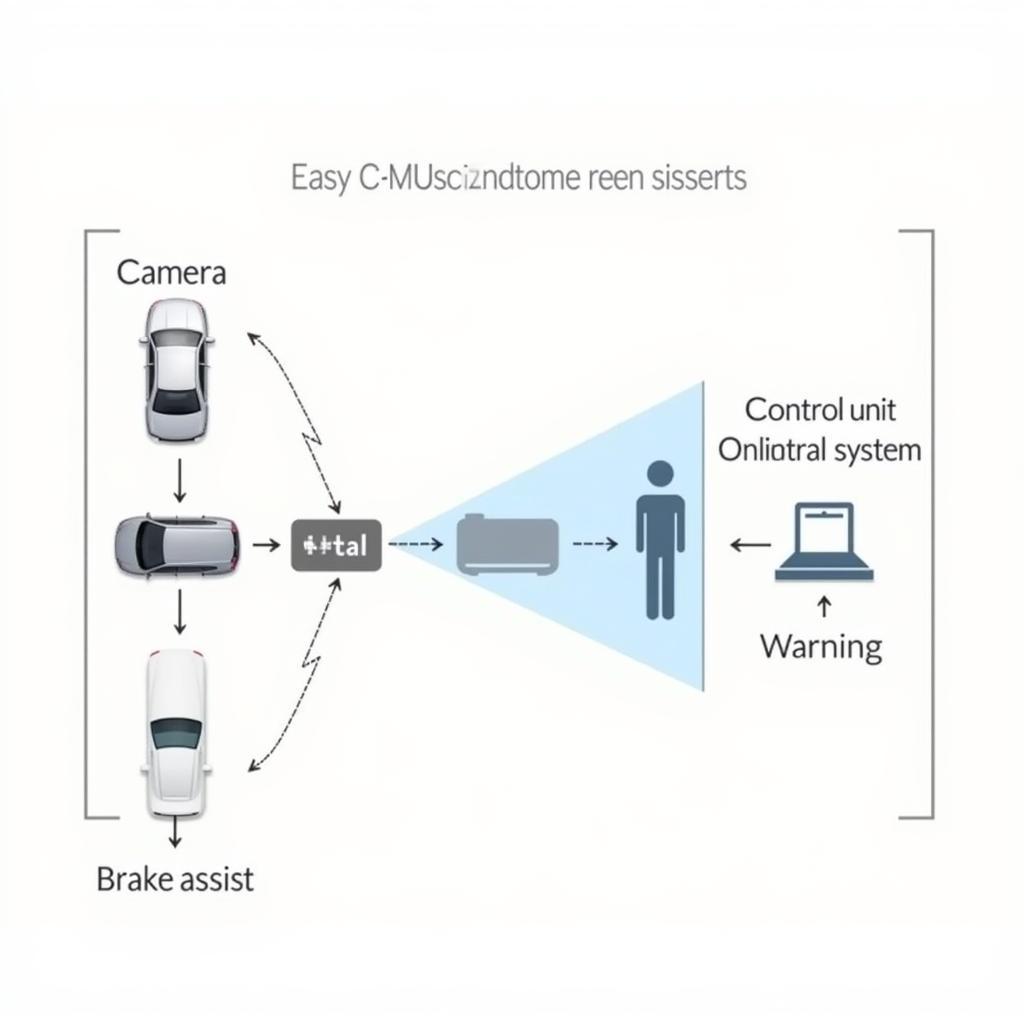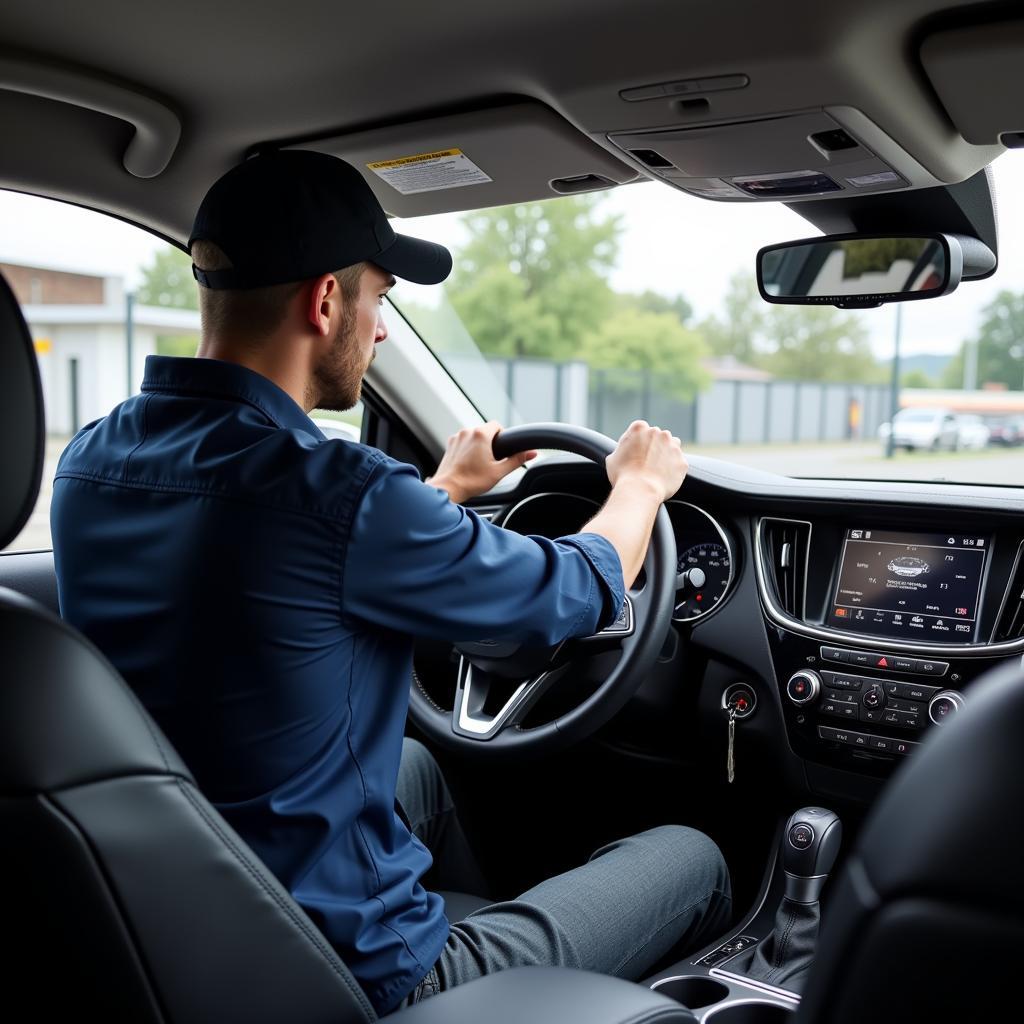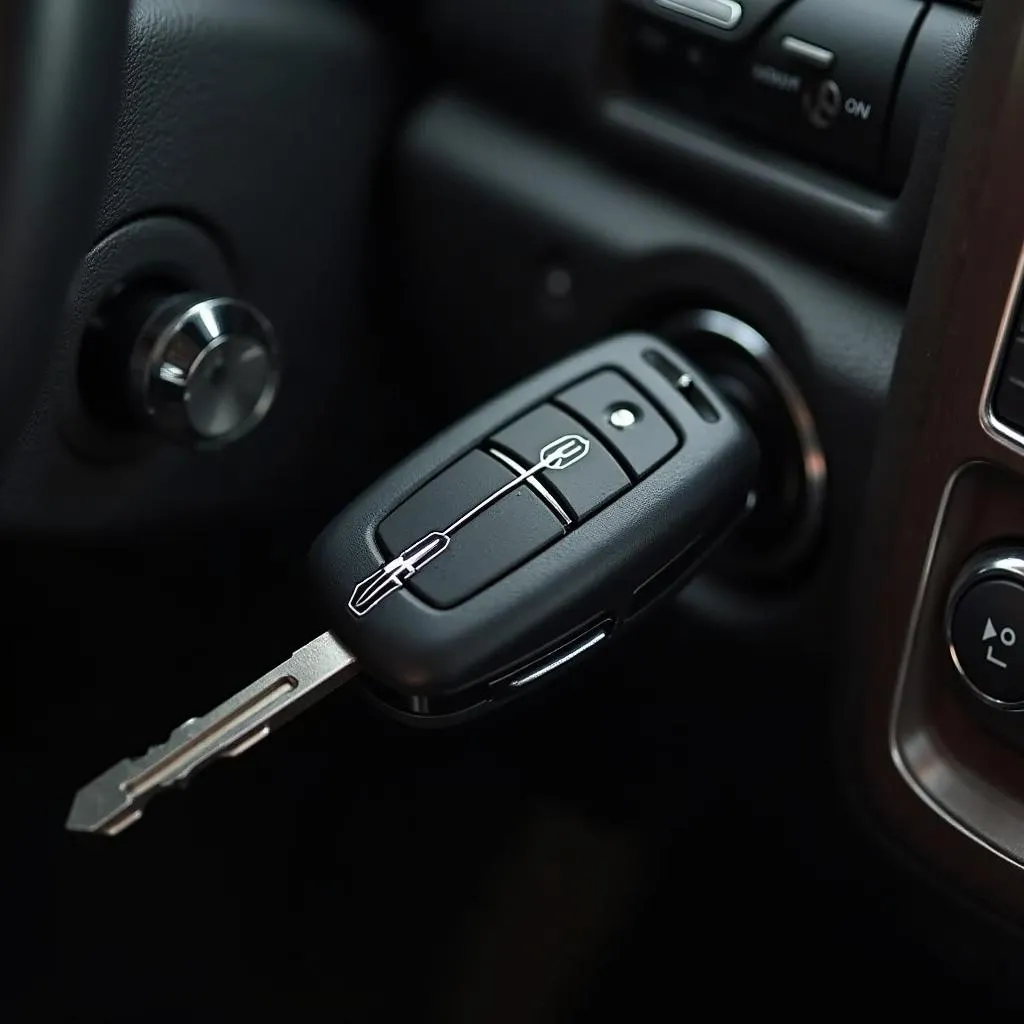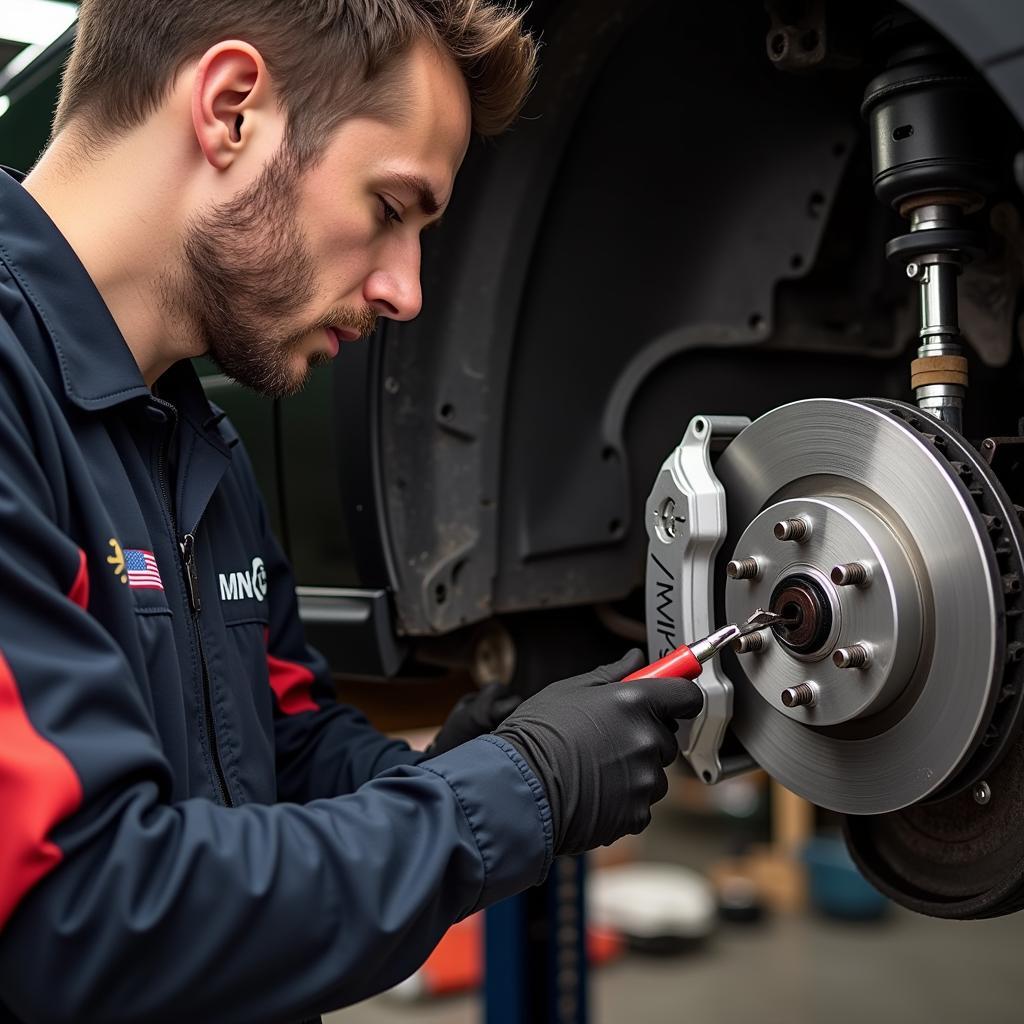Forward collision warning with brake assist is a critical safety feature that can prevent accidents by alerting drivers to potential collisions and automatically applying the brakes if necessary. While this technology is becoming increasingly common in new cars, many drivers with older vehicles are interested in aftermarket forward collision warning with brake assist systems. This guide will delve into the intricacies of aftermarket forward collision warning systems, providing you with the knowledge to make an informed decision.
Understanding Aftermarket Forward Collision Warning with Brake Assist
Aftermarket forward collision warning systems are designed to replicate the functionality of their factory-installed counterparts. They typically consist of a few key components:
- Camera or Sensor: This component, usually mounted behind the windshield or integrated into the front grille, continuously monitors the distance between your vehicle and the one ahead.
- Control Unit: This unit processes data from the camera or sensor, analyzing speed differentials and potential collision risks.
- Warning System: When a potential collision is detected, the system alerts the driver through audible alarms, visual displays, or even haptic feedback (vibrations) in the steering wheel.
- Brake Assist: In critical situations, where the system determines that a collision is imminent, it can pre-charge the brakes or even initiate automatic emergency braking to mitigate the severity of the impact or prevent the accident altogether.
 Aftermarket Forward Collision Warning System Components
Aftermarket Forward Collision Warning System Components
Benefits of Aftermarket Forward Collision Warning Systems
Investing in an aftermarket forward collision warning with brake assist can offer several benefits:
- Enhanced Safety: The primary advantage is the potential to prevent or mitigate the severity of front-end collisions.
- Increased Driver Awareness: These systems promote increased driver awareness by providing an extra set of “eyes” on the road.
- Peace of Mind: Knowing you have an additional layer of safety can offer peace of mind, especially during long drives or in challenging driving conditions.
- Potential Insurance Discounts: Some insurance companies may offer discounts to drivers who install aftermarket safety systems like forward collision warning with brake assist.
Factors to Consider When Choosing an Aftermarket System
Selecting the right aftermarket forward collision warning system requires careful consideration of several factors:
- Vehicle Compatibility: Ensure the system is compatible with your vehicle’s make, model, and year. Not all systems are universally compatible.
- Sensor Type: Camera-based systems are generally more affordable, while radar-based systems tend to be more accurate, especially in adverse weather conditions.
- Warning Types: Consider the types of warnings offered (audible, visual, haptic) and choose a system with alerts that you find effective and non-intrusive.
- Installation Complexity: Some systems are designed for DIY installation, while others may require professional installation by a qualified technician.
- Cost: Prices can vary widely depending on the features and complexity of the system. Set a budget in advance and explore options within your price range.
“When choosing an aftermarket system, prioritize reputable brands known for reliability and accurate detection capabilities,” advises John Miller, a certified automotive electronics technician with over 15 years of experience. “Reading online reviews and comparing features can help you narrow down your options.”
Installation and Calibration
Proper installation is crucial for any aftermarket safety system, especially those integrated with the vehicle’s braking system. While some systems offer DIY installation options, it’s generally recommended to have the system installed by a qualified mechanic or automotive electrician. They have the expertise to ensure proper mounting, wiring, and calibration. Incorrect installation can lead to false alerts, system malfunctions, or even compromise the vehicle’s safety systems.
 Professional Installation of Collision Warning System
Professional Installation of Collision Warning System
Limitations of Aftermarket Systems
While aftermarket forward collision warning systems can enhance safety, it’s important to understand their limitations:
- System Variability: Aftermarket systems can vary significantly in terms of performance and reliability compared to factory-installed systems that are rigorously tested and integrated during the vehicle’s design and manufacturing process.
- False Alerts: Factors like heavy rain, fog, or a dirty windshield can sometimes interfere with sensor accuracy, leading to false alerts.
- No Guarantee of Accident Prevention: While these systems can significantly reduce the risk of accidents, they are not foolproof and should not be solely relied upon to prevent collisions.
Maintaining Your Aftermarket System
Once installed, proper maintenance is essential to ensure the continued effectiveness of your aftermarket forward collision warning system:
- Sensor Cleaning: Regularly clean the camera or sensor lens to remove dirt, debris, or obstructions that can interfere with its operation.
- System Checks: Periodically verify that the system is functioning correctly. Consult your owner’s manual for specific instructions on how to run system checks.
- Professional Inspection: It’s a good practice to have the system professionally inspected by a qualified technician at least once a year or as recommended by the manufacturer.
Conclusion
Aftermarket forward collision warning with brake assist systems can be a valuable addition to older vehicles, providing an extra layer of safety and driver assistance. By understanding the technology, considering key factors before purchase, ensuring professional installation, and performing regular maintenance, you can maximize the benefits of this safety-enhancing technology. Remember, while these systems can be extremely beneficial, they are not a substitute for safe driving practices and vigilance on the road.
Frequently Asked Questions
Can I install an aftermarket forward collision warning system myself?
While some systems offer DIY installation options, professional installation by a qualified technician is generally recommended to ensure proper integration with the vehicle’s braking system and prevent potential issues.
Will an aftermarket system void my vehicle’s warranty?
In most cases, installing an aftermarket system will not void your vehicle’s warranty. However, it’s best to check with your vehicle’s manufacturer or dealer to confirm.
Are aftermarket systems as reliable as factory-installed ones?
Factory-installed systems undergo rigorous testing and integration during the vehicle’s manufacturing process, generally making them more reliable than aftermarket counterparts. However, reputable aftermarket brands can provide reliable performance when installed and maintained correctly.
What should I do if my system is issuing false alerts?
If your system is issuing false alerts, start by cleaning the camera or sensor lens. If the issue persists, it’s essential to have the system inspected by a qualified technician to diagnose and resolve the problem.
Do I still need to pay attention to the road with a forward collision warning system?
Yes, these systems are driver aids, not substitutes for attentive driving. You should always remain vigilant and responsible for controlling your vehicle.


